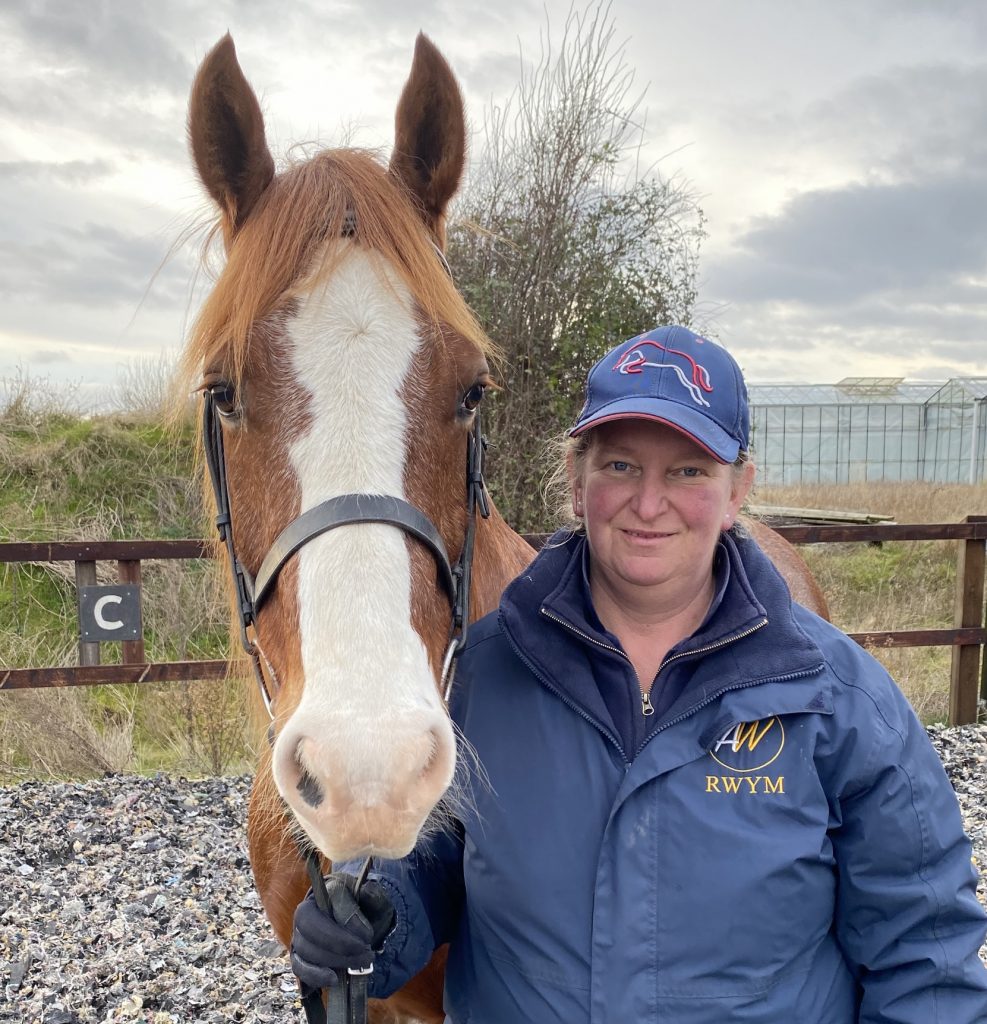
Mary Wanless was a pony mad kid, who began riding in a British riding school. Whilst studying for her degree in Physics she was a member of Bristol University riding club, where she competed in student competitions, including internationals. After graduating she passed the British Horse Society instructing examinations to BHSI level. However, she always felt that she was not a talented rider, and was frustrated with her progress. This eventually led to her giving up on her dream, and quitting the horse world entirely.
After six months she was back riding and teaching again. But her perspective had changed: She stopped trying to be a good rider, and instead began noticing what was actually happening in her body and the horse. This profound philosophical difference led to some remarkable discoveries, which gradually evolved into an empirical research project. Influenced by her study of physics, she began from the premise that there must be laws of cause and effect underlying what appears as a mysterious skill. Over 40 years she has gradually illuminated the ‘how’ of skilled riding, and decoded the hidden laws of the rider/horse interaction. This supplies the ‘how to’ information lacking in traditional instructing.
Mary has indeed demonstrated that talent has a structure, which can be taught to interested students step by step, in bite-size chunks. Her coaching method is a guided discovery, using trial and error. This is how people learn most effectively, take ownership of their discoveries, and change ingrained habits.
In developing her work she has studied anatomy, the science of expertise, and the psychology of how and why people either learn or remain stuck. Over the 40 years of her experiment, science has validated her approach through research on learning, and the fabric of the body.
The work of Thomas Myers (‘Anatomy Trains’, 2009) has proven seminal. Fascia, the connective tissue of the body, links muscles into chains, so fascia is to muscles what sausage skins are to sausages. There are six times more nerve endings in fascia than muscle, and these are the root of our feel sense. Our ability to transmit force within the body (as exemplified by talented riders) is based in a taught fascial net. With the appropriate coaching, average riders can develop this skill.
Mary’s pupils include international Grand Prix dressage riders, along with competitors at all levels, and many ‘average’ riders.

Ali Wakelin is a fully certified RWYM coach. She has been trained by the world renowned coach and author Mary Wanless. Ali teaches alongside Mary at clinics on a regular basis at Mary’s Oxfordshire yard. Ali has also undertaken extensive training in the methods of Dr Andrew Mclean (Australian Equine Behaviour Centre – www.aebc.com.au). Ali is one of very few trainers outside Australia who have trained in this method. Ali combines Rider Biomechanic training (RWYM), Clicker training and the classical, scientifically based horse training system of the AEBC into a unique Horse/Rider learning experience. This system of training is both ethical and evidence based (based on the most recent scientific research). Ali strongly feels that gadgets, force and punishment have no place in any training system. Ali’s methods are suitable for all horses and riders whatever their age, stage of training or type. Ali has trained many different types of horses/riders using this system including members of the British Icelandic Riding Team, British Endurance team riders, TREC competitors, all levels of dressage and many showjumpers. This method also offers longlasting and reproducable training solutions to many behavioural and handling issues such as loading, clipping and spooking.